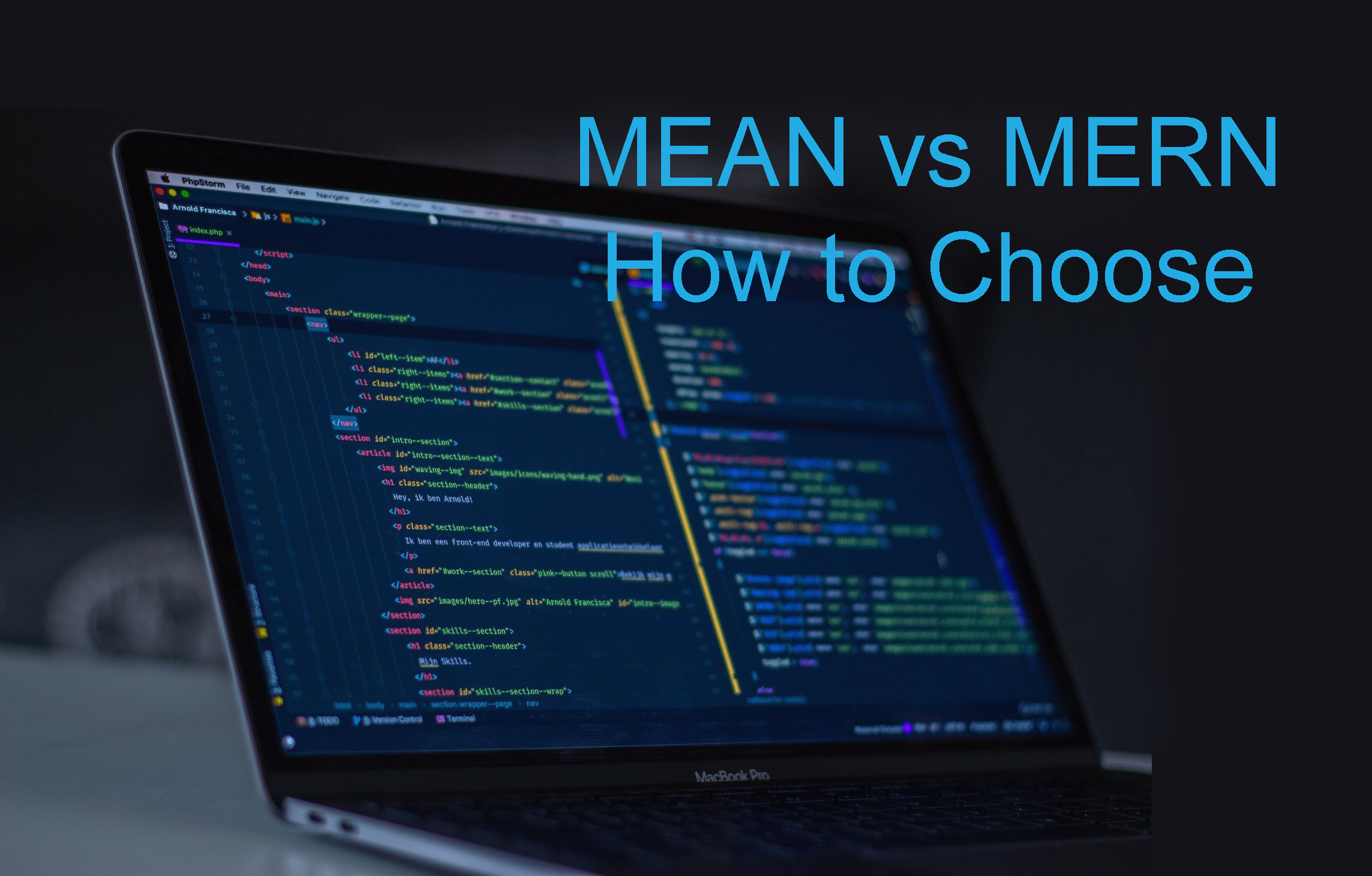There are so many development technologies available when it comes to native app development. But when it comes to hybrid app development, there are just two options: app developers turn to MEAN stack development or MERN stack, and that’s it. Even though both of them have so much in common, in so many other ways, they stand against each other, leaving it a choice for the app developer to choose the best fit for their app development project. So before moving on, let’s first start with what MEAN and MERN stand for.
MEAN Stack
MEAN Stack is a combination of the popular full stack app development technologies.
M – MongoDB
E – Express.JS
A – Angular
N – Node.JS
MEAN is most helpful for full stack hybrid web app development. Being an open-source javascript-based technology stack, MEAN helps app developers to develop efficient and quick web apps.
MERN Stack
Just like the MEAN development stack, MERN Stack is also a combination of the popular full stack app development technologies.
M – MongoDB
E – Express.JS
R – React
N – Node.JS
MERN is also helpful for end-to-end hybrid web app development. It’s a rich collection of rich java-scripts-based databases, frameworks, and runtime environments that make it more convenient for app developers to develop user-friendly mobile apps. Over the past few years, MERN has started gaining more popularity than ever.
The definition of MEAN and MERN makes it clear to us that there is not much difference in both of the development stacks except the one technology that makes the whole point of what app developers should choose: MEAN stack or MERN stack.
MEAN Stack & MERN Stack : The Differences
Popularity
Even though Angular has been trending throughout the years, React has started gaining popularity over a few years. According to Google Trends, people have started showing more interest in React nowadays rather than Angular. That is one factor that affects the usage of the MEAN stack and MERN stack. A HackerRank report taken in 2018 stated that 30% of developers worldwide prefer Angular app development, and 26% of them said they prefer React.JS as their primary app development technology. But the situation has changed in recent years. Based on the recent google trends report, 70% of UK-based web app developers, 64% of the USA-based app developers, and 68% of Canada-based app developers prefer React app development rather than Angular.
Learning Curve
The common development technologies of MEAN and MERN are MongoDB, Express.JS, and Node.JS development. Web developers around the world have been using them since forever now, and they have extensive documentation as well. That being said, they are easy to learn, but that’s not the case with Angular and React development. Angular is a complete framework that contains typescript and templates. So, it is more than obvious that it is hard to learn and adapt to the latest trends and technologies. React Javascript development is the total opposite of Angular. React is a library, not a framework, so it is easy to learn and adapt as there is not much to explore. As an add-on, React provides extensive learning documentation that can help app developers at every stage.
Productivity
As mentioned above, MongoDB, Express.JS, and Node JS development are there in both MEAN and MERN. So the only thing that affects the app development productivity is the working of Angular and ReactJS. AngularJS is the complete framework, so it is easier to work with for the app developers. Along with that, it offers Command Line Interface (CLI), so it further enriches the developer’s productivity. Moreover, they won’t have to integrate the 3rd party tools for the advanced features and functionalities. On the other hand, React is just a library. It provides full independence to integrate only needed 3rd party tools. But it affects the developer’s productivity as they have to integrate the 3rd party tools and libraries for each and every feature and functionality. React development demands more effort from the developer’s end, which can also affect the development process time.
Data Flow
Before moving on, let’s first understand bidirectional data flow and unidirectional data flow. The bidirectional data model reflects the changes in UI instantly in the model state. The unidirectional data model demands changes to be made first in the model state than in UI. Angular app development supports the bidirectional data flow. React app development supports the unidirectional data model. The unidirectional data flow data binding plays a vital role in large projects. It provides a better data overview. On the other hand, the bi-directional data model offers an effective approach that can do wonders when it comes to small project development management.
Community Support
Community support can do wonders whenever app developers need some help with their respective technologies. For example, angular app development has 80.6k GitHub stars and 21.2k forks, whereas ReactJS development has 186k GitHub stars and 38.1k forks.
Conclusion
When MEAN stack is a perfect choice as it offers better productivity, but it’s bidirectional data flow can not be the wise choice for large project requirements. On the other hand, MERN can do wonders for big enterprise-level app development, but the 3rd party plugins can affect the app development process. So, it is necessary for you to focus on your project requirements, do the analysis and choose the best technology. The introduction of new technology stacks made it easier for the full stack developers to work on the projects. But sometimes, the wide range of technology choices makes it hard for the developers to pick the best fit, and that can lead to choosing the inappropriate one. So, you can reach out to an app development company like us with your project requirements and let them choose the best for technology and developer experts can help you with the end-to-end development process.




